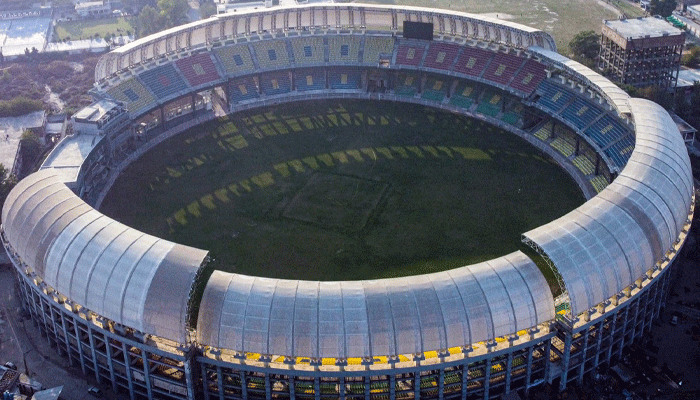Riot police attacks on Prince Edward MTR passengers remain shrouded in secrecy
Three years on, journalists and opposition activists are still denied permission to view surveillance footage.

Three years after Hong Kong riot police attacked train passengers at Prince Edward MTR, at the height of the 2019 protest movement, journalists and activists are having difficulty piecing together a coherent answer to remaining questions, as much of the evidence remains in the hands of the authorities.
Hong Kong residents have repeatedly left flowers outside the subway station to commemorate one or more people whom many believe died when police attacked unarmed train passengers with batons and tear gas on the night of Aug. 31, 2019.
While police and government officials have hit out at 'malicious rumors' that someone died, the selective release of stills from surveillance footage from cameras inside the station has done little to assuage public mistrust in the official narrative.
Hong Kong journalist Ka Yan, who stood outside Prince Edward station as police chased away all the journalists, sealing it off for more than 30 hours, said they have only been able to glean a few fragments of evidence about what really went on inside that night.
"The biggest question we can't answer is what happened in Prince Edward station after all of the reporters were expelled," Ka told RFA, using a pseudonym. "Why did they lock down the station for 30 hours, and how many trains did the MTR provide that night to pick people up from the station?"
"How many police officers were in the station that night and what did they do? Where did the people who were inside the station go? Were there any serious injuries or medical emergencies?"
"Did the police or anyone else present make a mistake, or do something really awful?"
Normally, people investigating the incident might expect to be able to view CCTV footage from inside the station, as happened in the inquiries into the deaths of student Chow Tsz-lok and Chan Yin-lam, Ka said.
"But not in the case of Aug. 31 at Prince Edward MTR," Ka said. "There were so many question marks at the time, because every time the government reported the number of injuries, it was a different story."
"It's that kind of inaccuracy and ambiguity that has led the public to question the authorities' claims," she said.
"In the end, the MTR only released screenshots from CCTV footage, and wouldn't release the video," Ka said. "The police and the MTR lost public trust ... because they didn't explain what having, leaving the whole incident an unsolved mystery in people's minds."
Independent inquiry
Former pro-democracy district councillor Derek Chu has been trying to launch an independent inquiry into the Prince Edward attacks, but has been hampered at every turn by official stonewalling.
"I still can't be sure that nobody died that day," Chu told RFA. "The reason I requested an independent investigation was to clarify this."
"The government has said all along that nobody died, but won't let anyone else investigate; just relies on its power to ... arrest anyone spreading rumors that somebody died," he said. "The way they have handled it just fuels public suspicion that there is much more to the story."
Chu said Aug. 31 was a huge turning point for the way the general public viewed Hong Kong's police force.
"We always believed that the police were there to protect citizens, but we saw with the events of Aug. 31 [2019] that they ... only protected citizens who supported the government," he said.
"One Aug. 31, they sealed off the area and directly attacked citizens ... so there was a loss of trust in the police."
The attacks came a few weeks after gangs of thugs wielding batons and poles believed to be acting on behalf of pro-CCP supporters laid into passengers and passers-by at Yuen Long MTR on July 21, 2019.
According to sociologist Chung Kim-wah, Hong Kong is now getting a taste of China's "stability maintenance" tactics, that aren't merely attempts to suppress unrest, but more about terrorising the local population to prevent future unrest.
"They paid people to take part in [pro-government street protests], and participants would all get given meals or gift packages," Chung told RFA. "During the 2014 Umbrella movement, I understand that they also dispatched groups of supporters in areas like Mong Kok and Causeway Bay."
"It's obvious that there are organizations that are involved in beating people up in mainland China, and now they're using the same methods to maintain stability in Hong Kong," he said.
Chung, who now lives in the U.K., says he has long been subjected to phone calls from pro-CCP individuals, warning him what not to do.
"I would get summoned by the state security police, or get strange letters and emails," Chung said. "People from mainland China would call me up saying they were a researcher at the Chinese Academy of Social Sciences."
"All of that is stability maintenance work."
Translated and edited by Luisetta Mudie.










-1.jpg?#)

